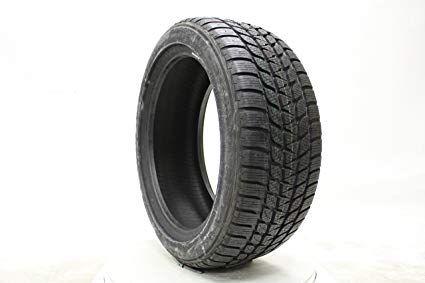Steps to Fix a Puncture
Punctures are extremely common; hence every car owner must know how to fix it. Punctures are caused by any sharp object, especially when your car tyres are underinflated. Regardless of the tyre type, whether it is ordinary or tubeless, it is impossible to expect to pass through the paths in such condition as it can harm the vehicle’s rims. Furthermore, it can lead to serious accidents.
In this situation, taking the vehicle to an expert is the best option here. However, knowing how to repair a puncture can be useful in the event when you are stuck at someplace or don’t have any puncture repair shop nearby.
Repairing a puncture requires some tools. Below is the list of the tools:
- Rasp tool
- Lug wrench
- Plugs
- Jack stand
Always carry a tyre puncture kit while driving as you never know when an emergency arises. Read on to know more about the steps to repair a puncture!
Find the punctured area:
The punctured areas are not very easy to find. Investigate your tyre and try to find the affected area. If you still can’t find it, take a tub loaded up with a cleanser and then dip the tyre in that water. You will observe bubbles coming out of the influenced region. Mark it with the help of tape, so that you can find it out easily when repairing.
Loosen the nuts:
Use a wrench to loosen the lug nuts, this step must be done before lifting your vehicle. Raise the car to remove the wheel. Additionally, use jack stands to keep your vehicle stable.
Remove the lug nuts:
In this step, you need to remove all the nuts with the goal that you can see the wheel from the base. Clean the influenced region with the assistance of a rasp tool.
Use strip plugs:
This step includes inserting the strip plugs to the region that is punctured. To fix this in a place, you can use cement. Let it dry for some time.
Now it’s time to cut the part of the strip that is extra and is coming out of the surface of the Continental Tyres Shrewsbury. Your car is ready for inflation.
Tyre inflation:
This step includes filling the tyre with recommended air pressure to ensure a smooth driving experience. You can find the suggested air pressure on the car manual or the sidewall of the tyre.
If you have an extra tyre valve cap, change it as this cap gets corroded which leads to under inflation. Under inflation is the main cause of tyre puncture.
Reinstall the wheel:
The last step of the puncture repair includes reinstalling the wheel and then attaching the lug nuts. Make sure that all things are proper.
These were all the steps to repair a puncture. Now you repair a puncture without the need of any help. However, you must consider getting the puncture fixed by a professional. This is because these experts know every about car Tyres Shrewsbury that you may not know.

